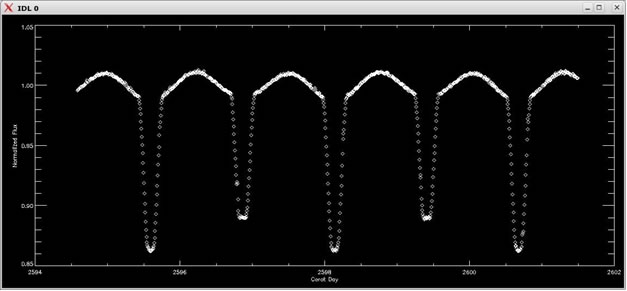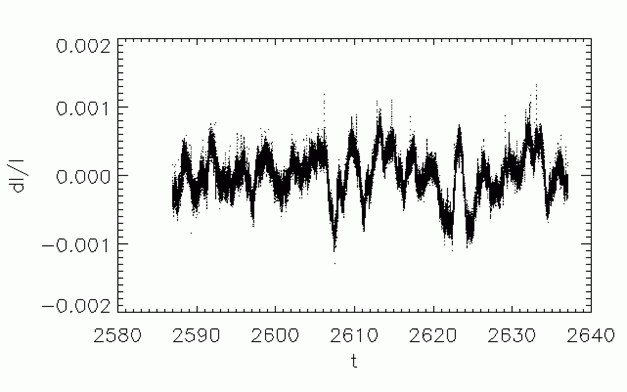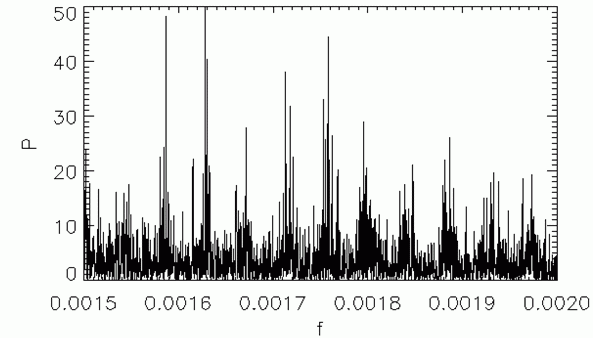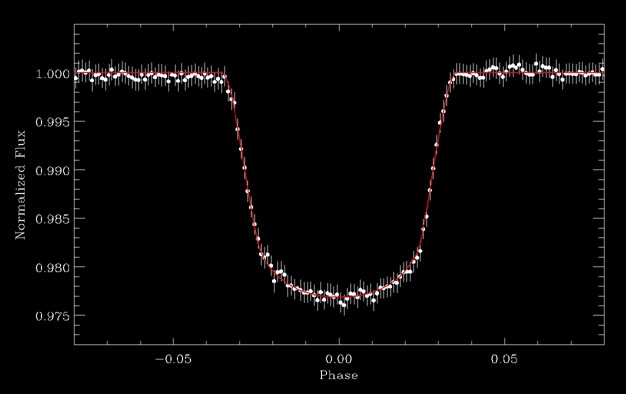- Transit of a planet (dip in brightness of the host star when the planet passes in front of it) as observed by COROT. The planet is a very hot giant planet orbiting its star in 1½ days and with an estimated radius of 1.5 to 1.8 times that of Jupiter. Thanks to combined spectroscopic observations from the ground, the mass of the planet has also been measured at around 1.3 times that of Jupiter. The parent star is a small Sun-like star.
For Annie Baglin, COROT mission principal investigator, “the precision of the data COROT has returned is particularly impressive. The transit light curve is so detailed that additional analysis is needed. We might even be able to see traces of the star’s light reflected on the planet, which could tell us what its atmosphere is like.”
Listening for stellar vibrations
Animations:
1 : Transit of a planet
2 : Light curve of an eclipsing binary, showing the reflected light between the two components

Light curve of an eclipsing binary, showing the reflected light between the two components, as observed by Corot.

Here, too, the 1st results from COROT are impressive: it has already studied a distant cousin of the Sun for 60 consecutive days to reveal surface oscillation modes that will enable scientists to determine its internal structure and age.

